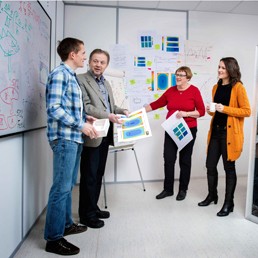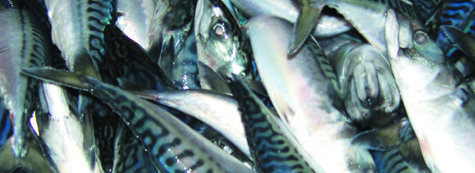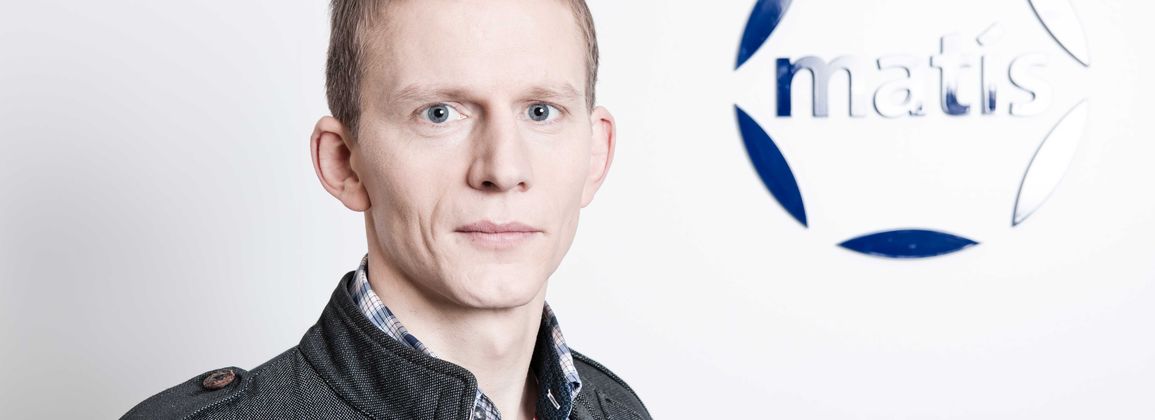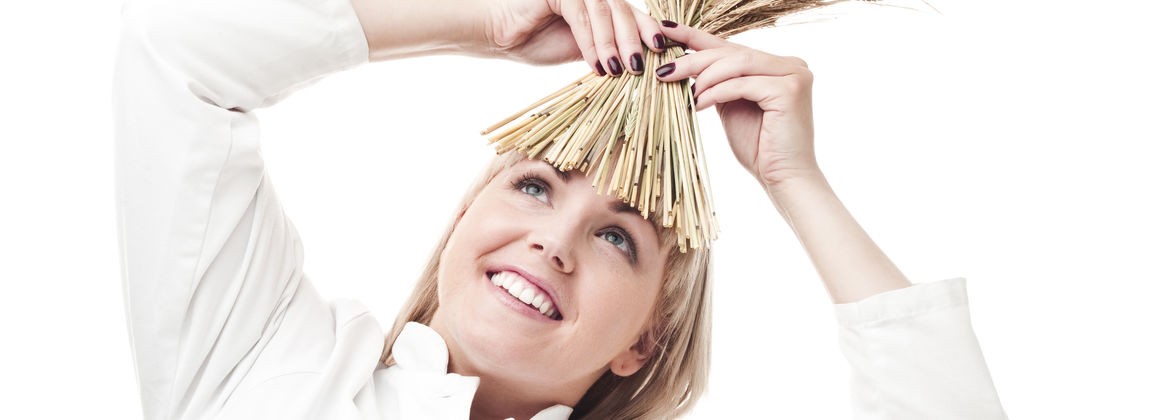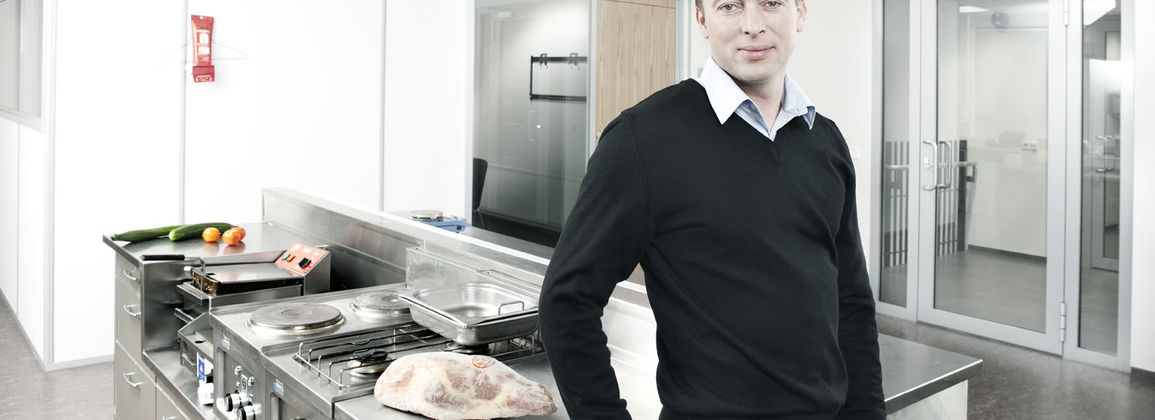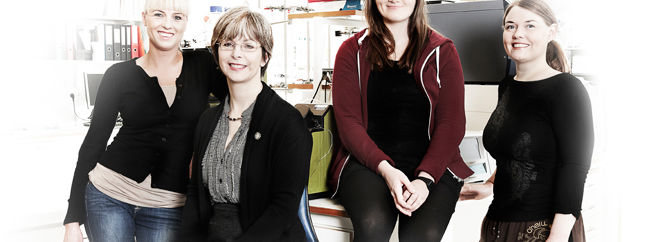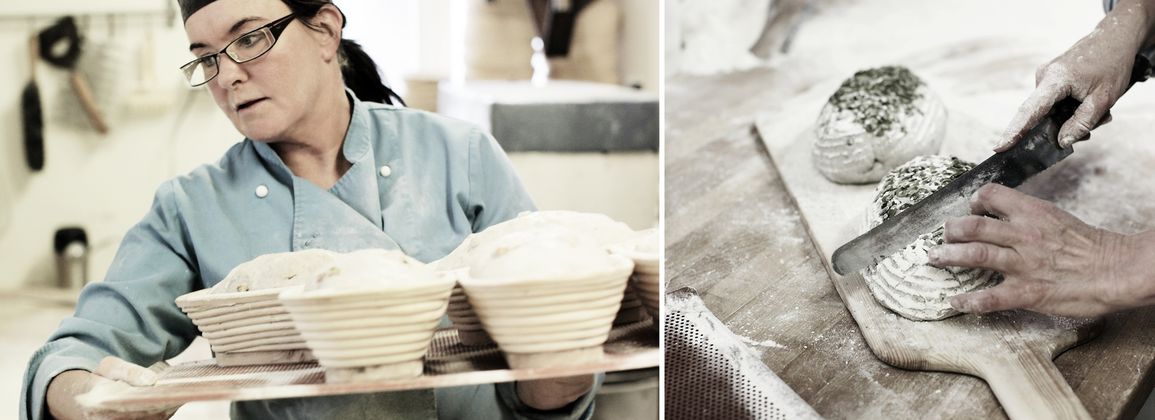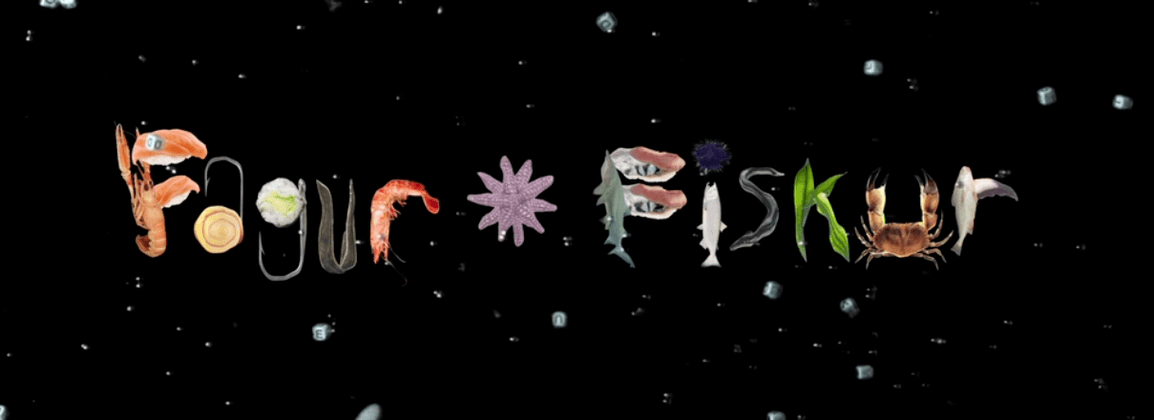A food factory can be defined as a building, which is intended for food processing of some kind and has the required permits from municipal inspectors to allow food to be produced in the building. In order to obtain this permit, it must be ensured that pollution does not bother neighbors, sewers are in order, drinking water is safe and waste is disposed of in accordance with conditions, to name but a few.
The production in food factories can be divided into two parts, wet processing and dry processing. Fish, meat and vegetable processing falls under wet processing, but for example grain milling, baking and packaging under dry processing. In meat and fish processing, there is a requirement that the temperature of the raw material during processing does not exceed certain limits. In order for it to be feasible in a manageable way, the processing space must be kept cool. Receipt of raw materials for processing must be acceptable, refrigerated products are refrigerated, frozen in a freezer and dried in a dry matter warehouse. If heating, boiling or baking is part of the product's manufacturing process, it must also be possible to cool the product appropriately. The storage of a finished product can be in different ways, depending on the nature of each product. The most sensitive are those products which, after production, are ready for consumption, without prior heating. Care must be taken to ensure that one product is transmitted to another and that the storage temperature is in accordance with the requirements.
Hygiene in the food factories is very important and therefore a cleaning plan must be made for the premises and all equipment, in addition to which it is necessary to record which cleaning agents are used and how. Whether it is wet or dry processing, it must be possible to clean floors, walls, equipment and the furniture in the processing space.
The use and purpose of each space must be clear and therefore drawings of the premises must be available, showing the use of the space, such as "processing room", "packaging storage", "reception", etc. It must also be clear where and how the hygiene facilities are arranged and whether the sink is intended for hand washing or, for example, cleaning food.
Pest control must also be in place to ensure food safety. For example, there should be flycatchers at openable window frames and exterior doors as well as traps for rodents both indoors and outdoors. Pest control is carried out by approved bodies and it is registered. Inspection of equipment, devices and housing shall be in place where general maintenance is recorded and then repairs or improvements.
What has been listed above are examples of the general conditions set for any kind of food production, if the intention is then to distribute the product to consumers. In addition, the manufacturer must obtain a production license. For food factories, it is the Municipal Health Inspectorate, HES, that grants such a permit, regardless of the raw material.
Conditions set for production depend on the nature of each product, what the raw material is, the production method and at what stage of production the product is distributed to consumers. Requirements are in line with the potential risks of consuming the product, if the approved product descriptions are not fully complied with.
When applying for a permit from HES, a quality manual must be prepared for the production, which clearly states who is responsible for the production, what its nature is, the raw materials used, production processes, flow charts, risk analysis and responses to deviations. Inspection reports on raw materials, packaging, production and sales, stating the name, telephone and address of the consignee, in the case of sales to other sellers, so that the product can be recalled quickly if necessary. There must be a cleaning report, with the signature of the employee in question to confirm the cleaning of the premises and equipment. There must be proof of the wholesomeness of water, hygiene tests on food contact surfaces and microbiological tests on products carried out by a recognized body confirming the decision on the shelf life of the food. The nutritional content of food must be present, either calculated or measured results. Packaging labels with all necessary information such as product name, content, weight, intolerance, nutritional content, salt content, manufacturer, storage temperature, production date and shelf life information.
HES issues operating licenses for each producer in food factories, provided that the conditions for the production are met. The cost of an operating license can vary between HES, but for example the cost of an operating license from the Reykjavík Health Inspectorate is ISK. 23,750 (license fee) and ISK 47,500 (inspection fee), a total of ISK 71,250 excl. VAT the first year. Then there is an inspection fee after each visit. Today's legislation does not allow for an operating license to be divided between those who run the food factory and those producers who are almost always entrepreneurs and small producers if not, micro-producers.
As the profits of entrepreneurs and small producers from production are barely or not covered by licensing fees, it is urgent to change the rules in a way that is acceptable. It is conceivable that the owners of the food factory will be certified in the aspects that are common to all producers, regardless of the products. These include permits from construction representatives for the building and health inspections of drinking water, sewage pollution, waste and the environment. It is also conceivable that the food factory receives confirmation from the health inspectorate that certain processing processes are possible in the premises, such as processing in a cooled space, the possibility of smoking food, etc. Producers are then allowed to produce in such certified premises when, in the opinion of the food factory's food-educated employee, they are qualified in food production and know how to work and by presenting a quality manual and the results of quality measurements of their food hygiene can confirm that their food is safe. In this way, it would be possible to significantly reduce the costs that producers have to bear.
Matís' food factories already employ entrepreneurs and small producers who have received an operating license issued by the health inspectorate for their production. There, they work under the guidance of Matís employees who have gone through all aspects of the production with the person in question and granted a permit for processing in the food factory. Matís provides advice on all aspects of food processing, provides information on nutrition calculations, assists in determining shelf life, packaging design, marketing and even obtaining subsidies.
For further information Óli Þór Hilmarsson.
.JPG)


